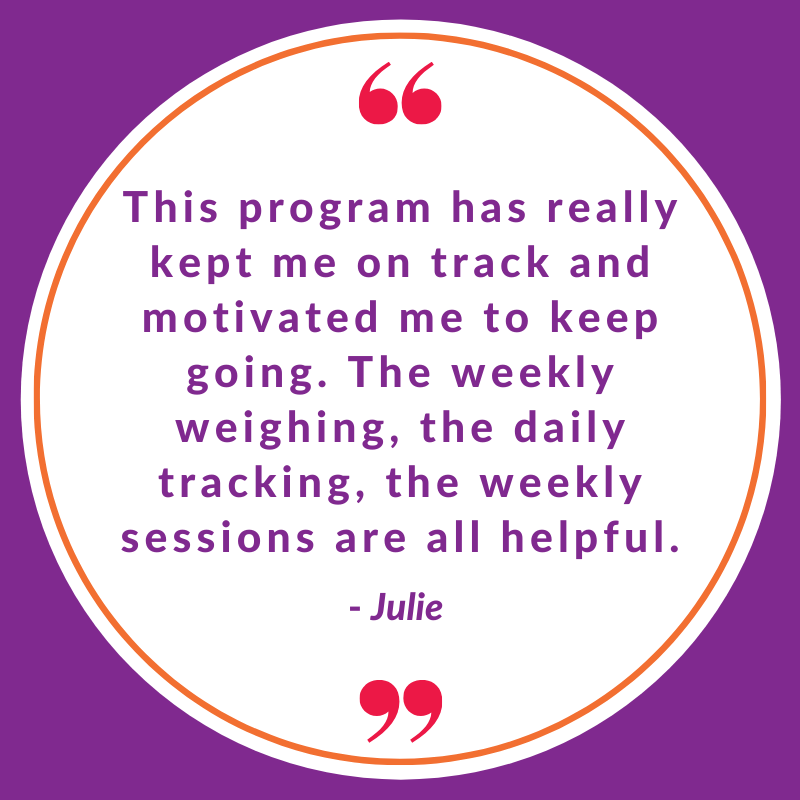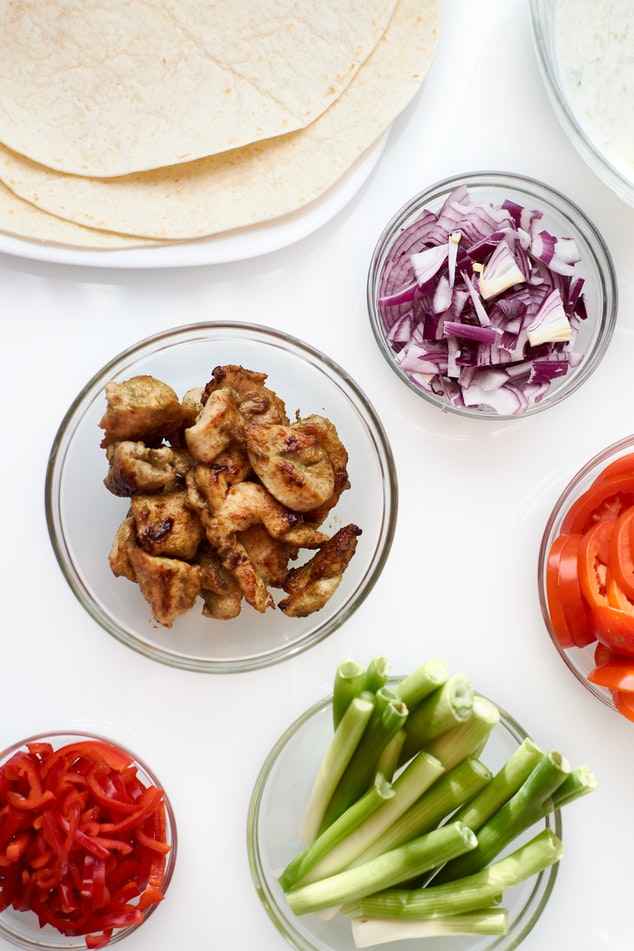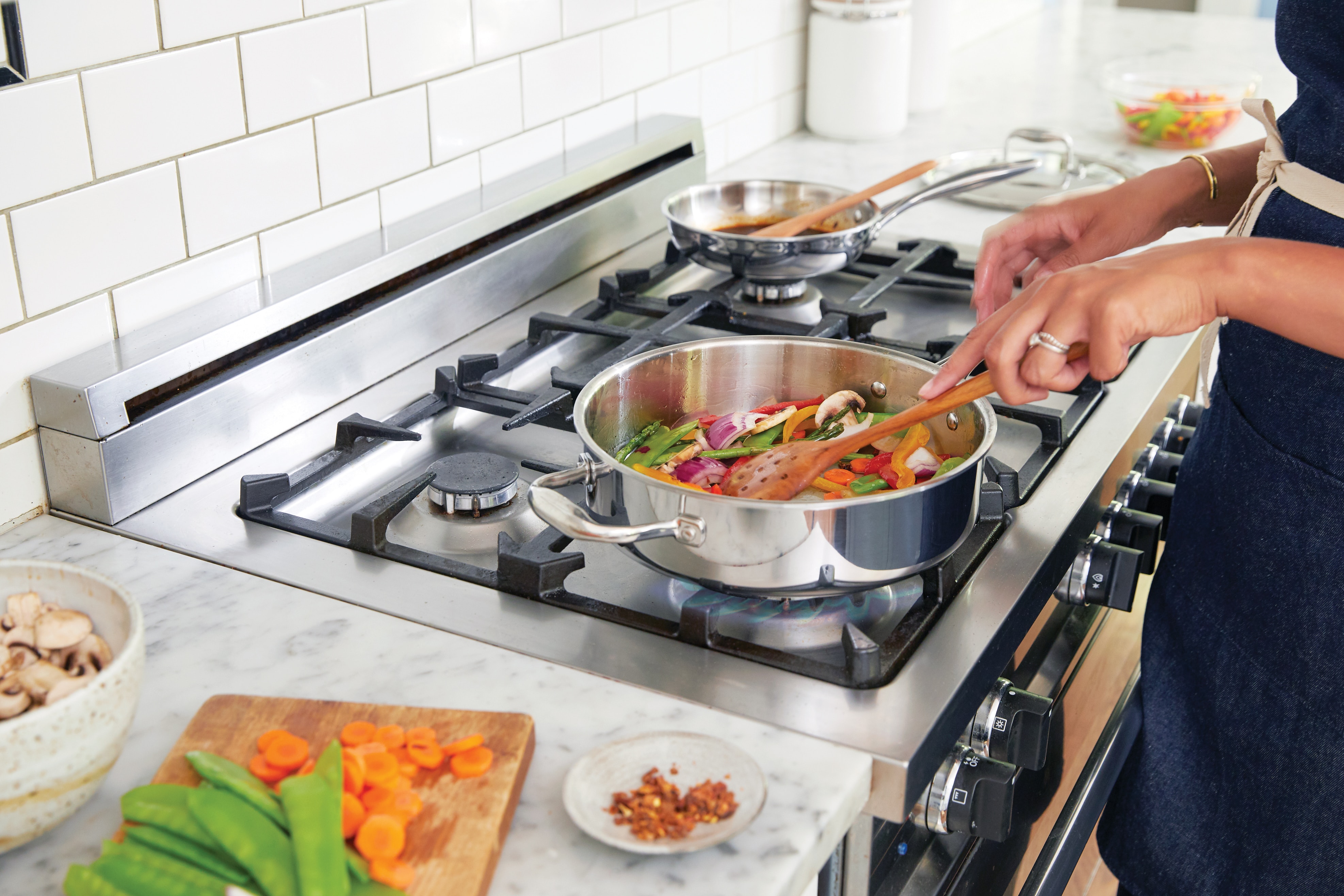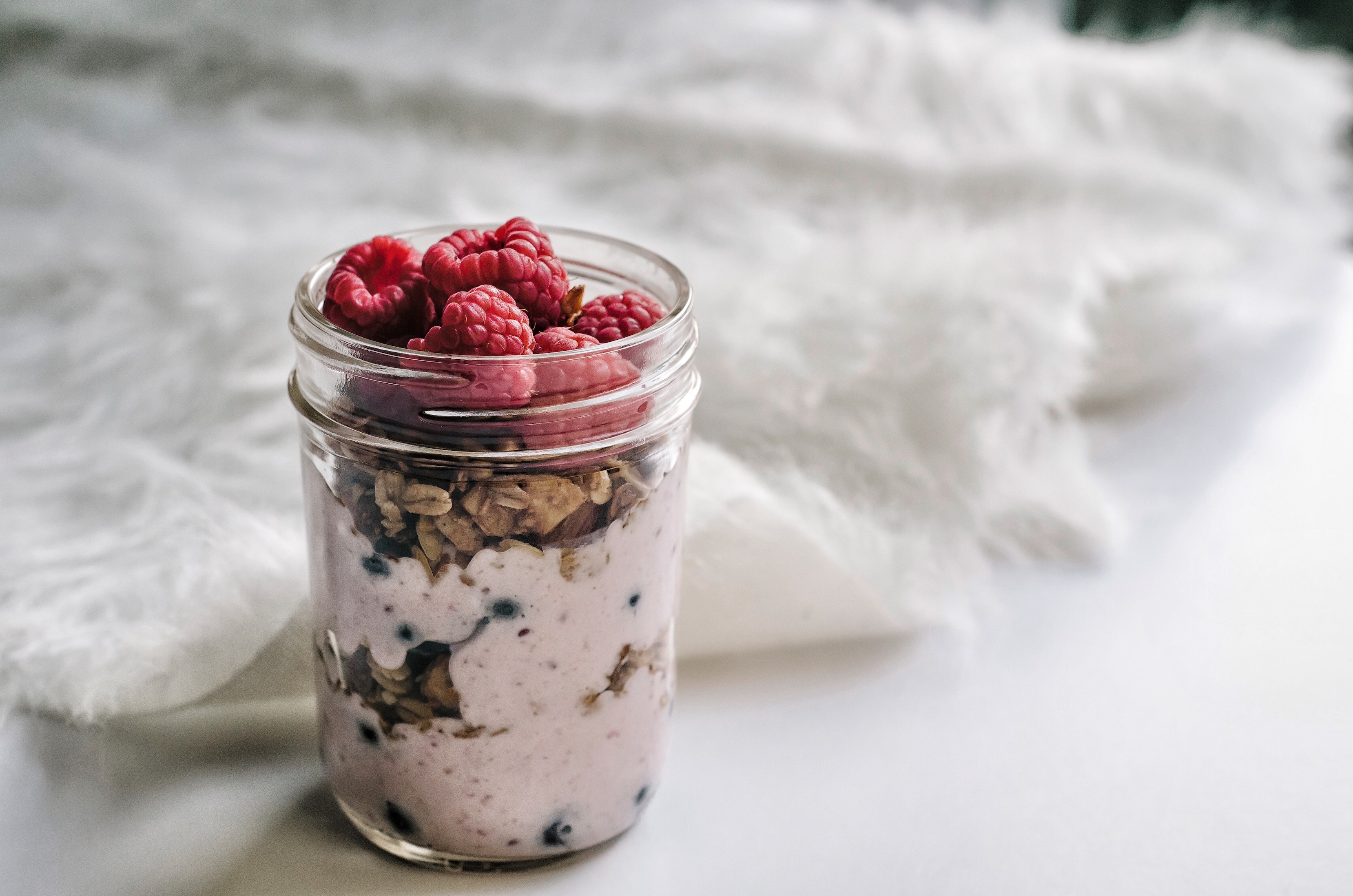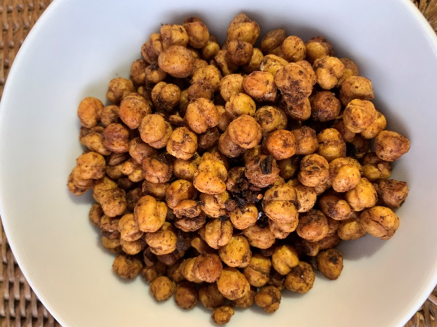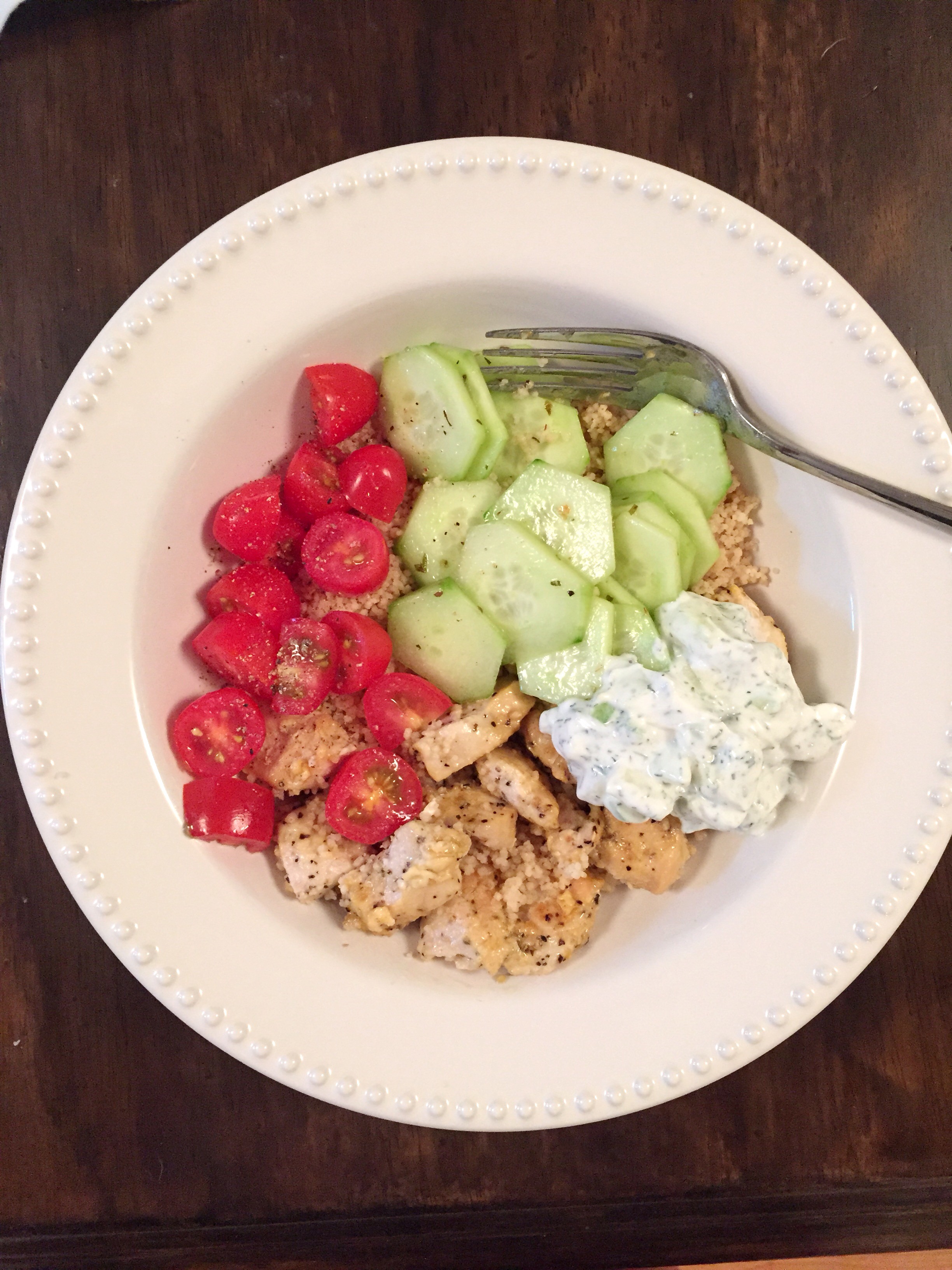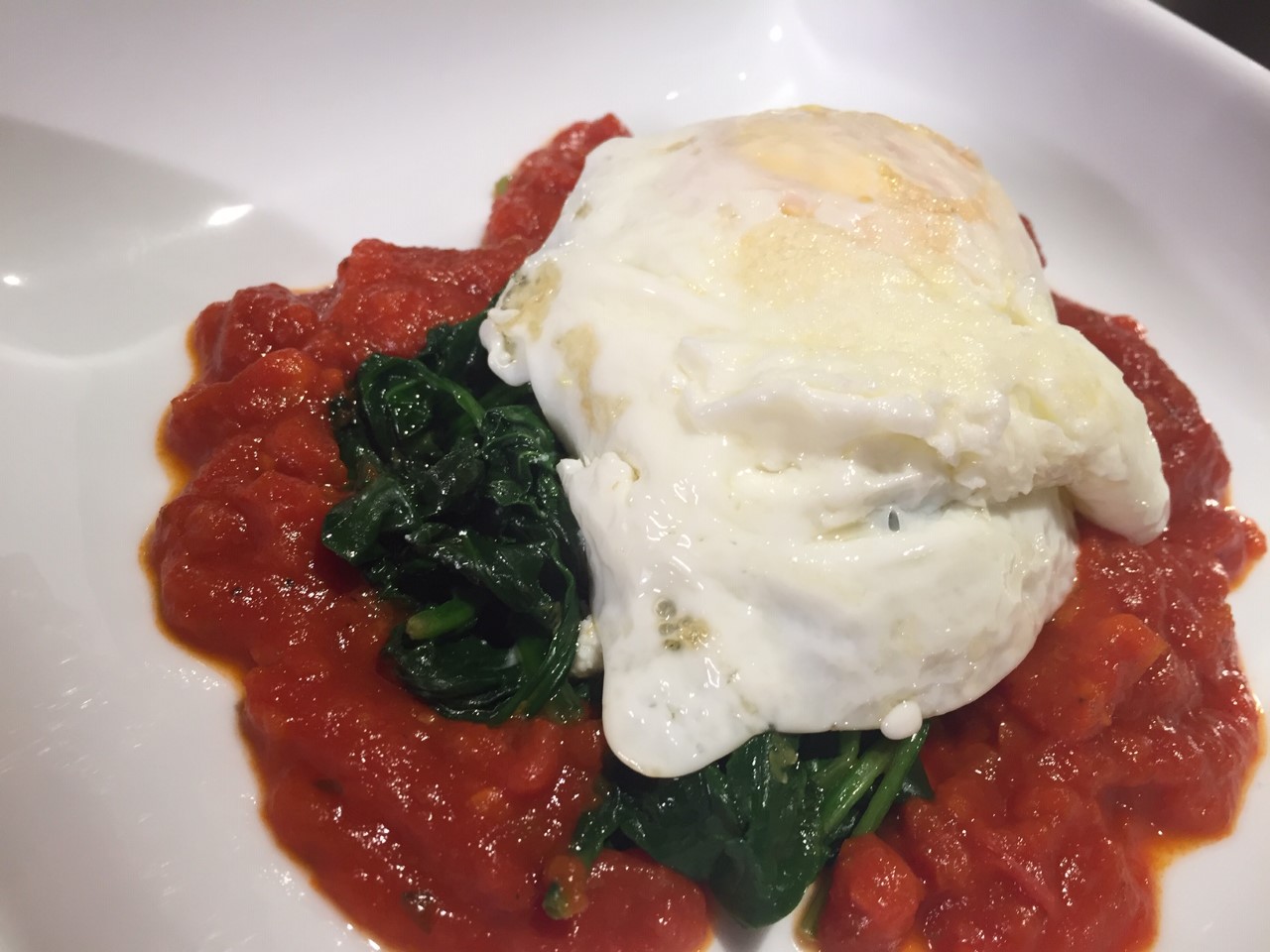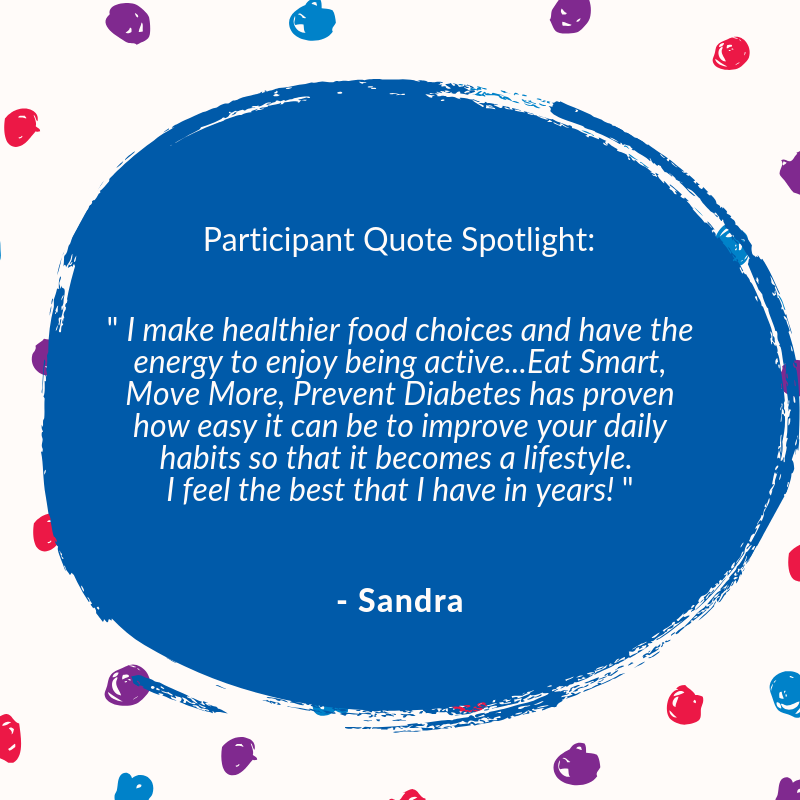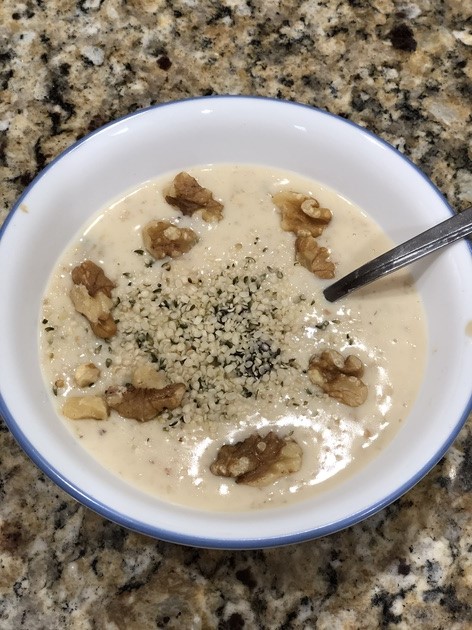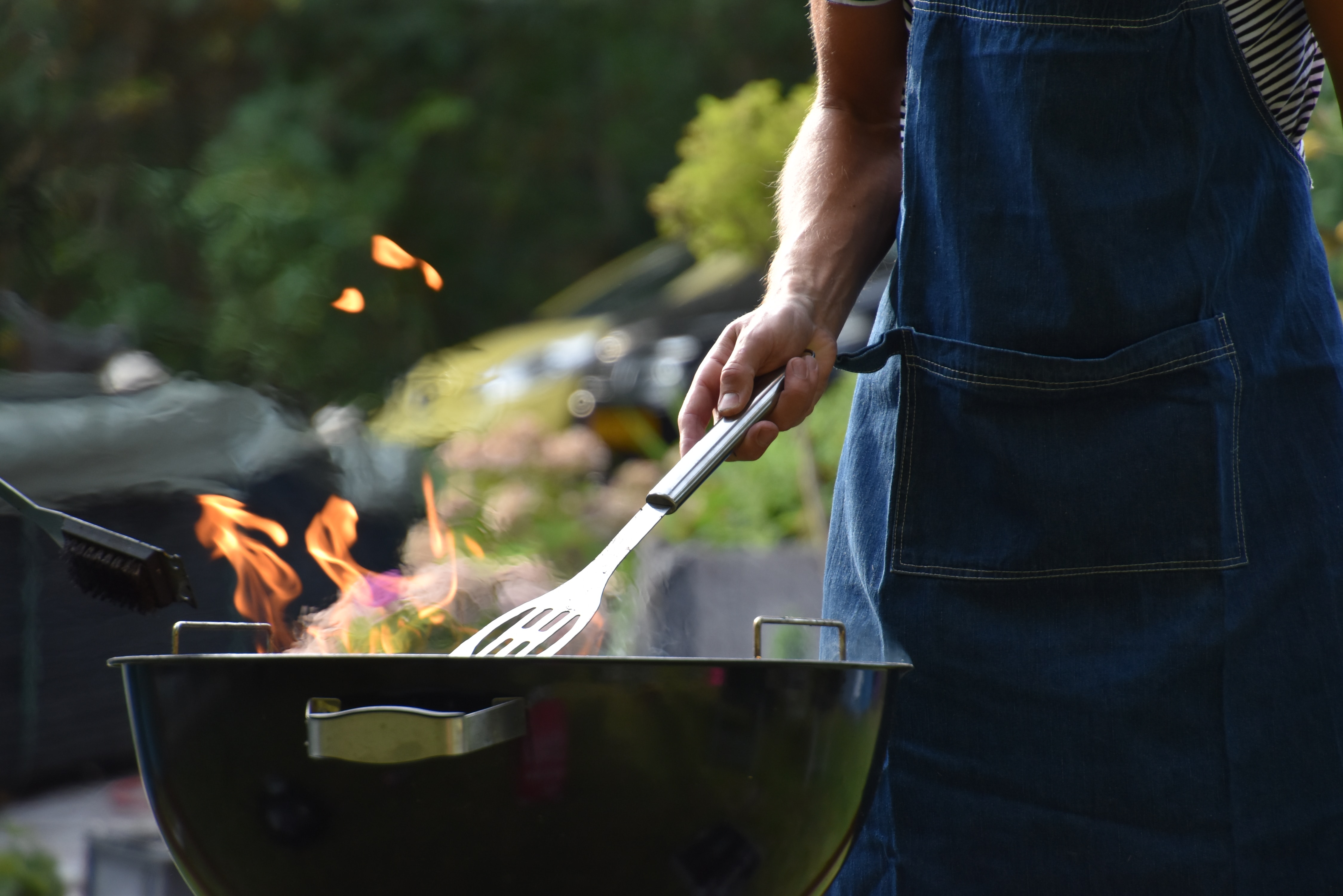Below is a testimonial from current Eat Smart, Move More, Prevent Diabetes participant, Julie:
“I have struggled with being overweight most all my life. However in the last 6 years I put on about 40 pounds I could not lose. I maintained about 217-220 for the last 6 years (from my mid 40s until now at 50). After having no success with Weight Watchers and never being able to get under 200 pounds I worked with my doctor for the last 4 years to determine if there was a medical reason for my weight gain and inability to lose weight. I tried every weight loss medicine out there (I think). I even got to the point that I was giving myself shots in my stomach in an attempt to lose weight, I was still attempting to track my food, and still attempting to add exercise but nothing lasted, mostly because I felt very alone in it all. I never was able to get below 200 pounds in the last 4 years even trying all the medication.
When I heard of this program through work, I had recently found out that my sister had just started taking medication for diabetes (both my parents already do) and I knew that if I could not get my weight down I would be next. I had been struggling to find anything and willing to try anything to lose weight. So I thought, this was affordable and looked easy so it was worth a try.
I have taken this program seriously. I attempt to participate in the sessions every week or I try to listen to the recording as soon as I can if I miss a session. I also attempt to make the simple changes suggested in those sessions each week. I think it is the simple changes, one little thing at a time, it is not cutting everything out at once, it is not saying you can never eat sweets again, it is just slowing changing the way you look at food and your life. I noticed the impact of those little changes, even over the holidays. The food items that I thought were so important to me were no longer important anymore. I am thrilled that overall I have lost about 27 pounds from my average high weight of 219 (11 of those pounds on this program), I am below 200, and I can see myself actually getting much lower than that, something I had lost hope was even possible. The accountability, the support, the buddy, the sessions, the slow changes, the length of the program, to me all make this program successful for me. I have already seen success and because of this program I now have hope of a healthy body and healthy life! I am a size smaller, and people have noticed. Which is very nice and makes me feel great! It makes me want to stick with it. I am also thankful that the program continues. I want to be sure that these things I am learning become habits that I can maintain long-term and not just a “diet” that I gain it all back again. I am thankful for the Eat Less, Move More, Prevent Diabetes program, I know it has had a positive influence in my life already!”
-Julie, a current Eat Smart, Move More, Prevent Diabetes participant
You may also enjoy:
“I feel the best that I have in years!”
“My weight went down, my A1C went down and my confidence went up thanks to this program!”
“I’ve lost over 40 pounds and feel 100% better!”
“I lowered my A1C out of the “prediabetes” range, lost 7 inches from my waist, and lost 40 pounds”
Don’t miss another great blog: Subscribe Now




